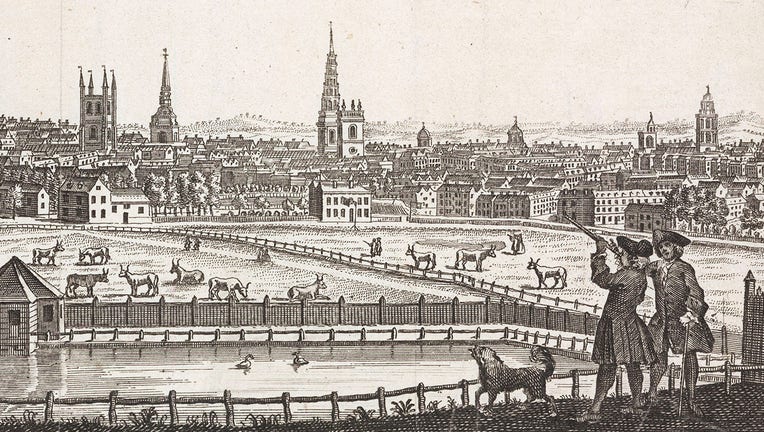Leap year 2024: Switching from the Julian calendar to Gregorian

In honor of Leap Day, this read is for the history nerds.
Ever wonder how America caught our calendar up with the rest of the world? In September 1752, we skipped 11 days.
Calculating leap years
According to NASA, the Earth revolves around the Sun every 365.2422 days. That’s 365 days, 5 hours, 48 minutes and 46 seconds.
Julius Caesar, in 45 BC, is long credited for adding an extra day to the calendar every four years to account for the extra time and keep the seasons aligned.
But, as Konstantin Bikos, the lead editor at timeanddate.com shared, "The Julian calendar was just not accurate enough. It had a Leap Day every four years, so over the centuries, it slowly drifted away from the seasons, at a rate of 1 day every 128 years."
Timeanddate.com is a team of researchers, scientists, journalists, and programmers based in Norway who report on time zones, calendars and astronomy.
So, with the calendar now multiple days out of sync, a new calendar system was employed by Pope Gregory XIII in the 1500s, mostly to better calculate Christian holy days. His system kept a leap year every four years but with one mathematical exception – years that end in 00 and aren’t divisible by 400 get skipped.
RELATED: Leap Day history: Things that happened on Feb. 29
Losing 11 days
In order to get the calendar back in sync with the seasons and religious holidays, time needed to speed up a bit.
So in the United States, which was still a colony of England at the time, in September 1752 we dropped 11 days from the calendar.
The month only had 19 days, and the day count went straight from Sept. 2 to Sept. 14, according to timeanddate.com.
Urban legend has it that riots happened in England over the change in which people protested 11 days being "stolen" from them, shared Susan Bigelow, a reference librarian in the History and Genealogy department at the Connecticut State Library.
She said historians now believe that didn’t happen, but that there were still plenty of people who were unhappy or, at the least, confused about the change.
People were left wondering when to celebrate their birthdays and other important dates. George Washington, Thomas Jefferson and John Adams are all notable people in American history whose birthdays shifted after the change.
RELATED: Why did George Washington have two birthdays?
The transition wasn’t exactly smooth everywhere else, either.
Bikos shared that in 1712, Sweden got "cold feet" about transitioning calendars and added a Feb. 30.
"In the late 1600s, the Swedish Empire decided to gradually ease into the new Gregorian system by omitting Leap Day for a few decades, rather than switching over from one year to the next," Bikos said. But that eventually led them to be out of sync with both calendars.
"They had second thoughts and added a Double Leap Day in 1712 (February 29 and 30) to revert back to the old Julian system. They eventually switched to the Gregorian calendar in 1753," Bikos said.
RELATED: What are 'leaplings?': How birthdays work on leap day
Record keeping
Because it was Pope Gregory XIII’s calendar, Protestant countries like England were slower to adopt it. Remember, it was adopted first in Italy and other Catholic countries in the 1500s, more than 150 years earlier than England and its territories.
"This led to two systems being used in Europe, and later in Europe's colonies in the Americas," explained Bigelow.
So a "cumbersome" system of double dating was adopted, Bigelow said. Here’s how it worked:
- In the Julian calendar, the new year began on March 25. So March 24, 1701 would be followed directly by March 25, 1702.
- The Gregorian calendar, as we know today, begins on January 1.
"To avoid confusion, record-keepers used a system in which they would use two years for dates between January 1 and March 24. A clerk entering a date for a legal proceeding would enter January 1, 1701/2 for the day after December 31, 1701, and continue using that dating system until March 24, 1701/2 was followed by March 25, 1702.
Confused yet?
Even today, some historians have to look for context clues to decipher the date on some documents – including Bikos and his team.
"The confusion of record keeping continues to this day and we're frequently caught up in it! For example, when we’re going back in our solar eclipse database and looking into events that happened in previous centuries, we have to be aware that the same eclipse can be dated differently by different sources," he said.
This story was reported from Detroit.

